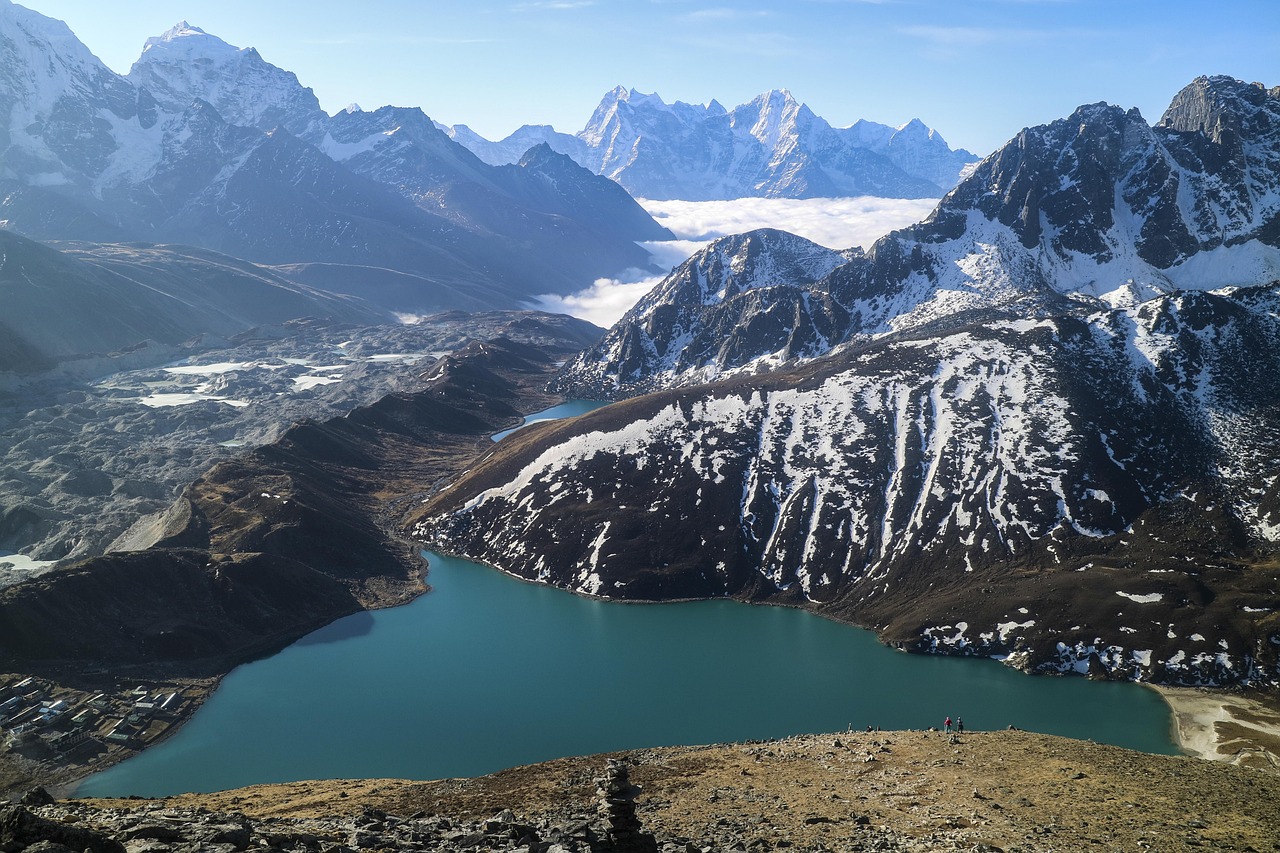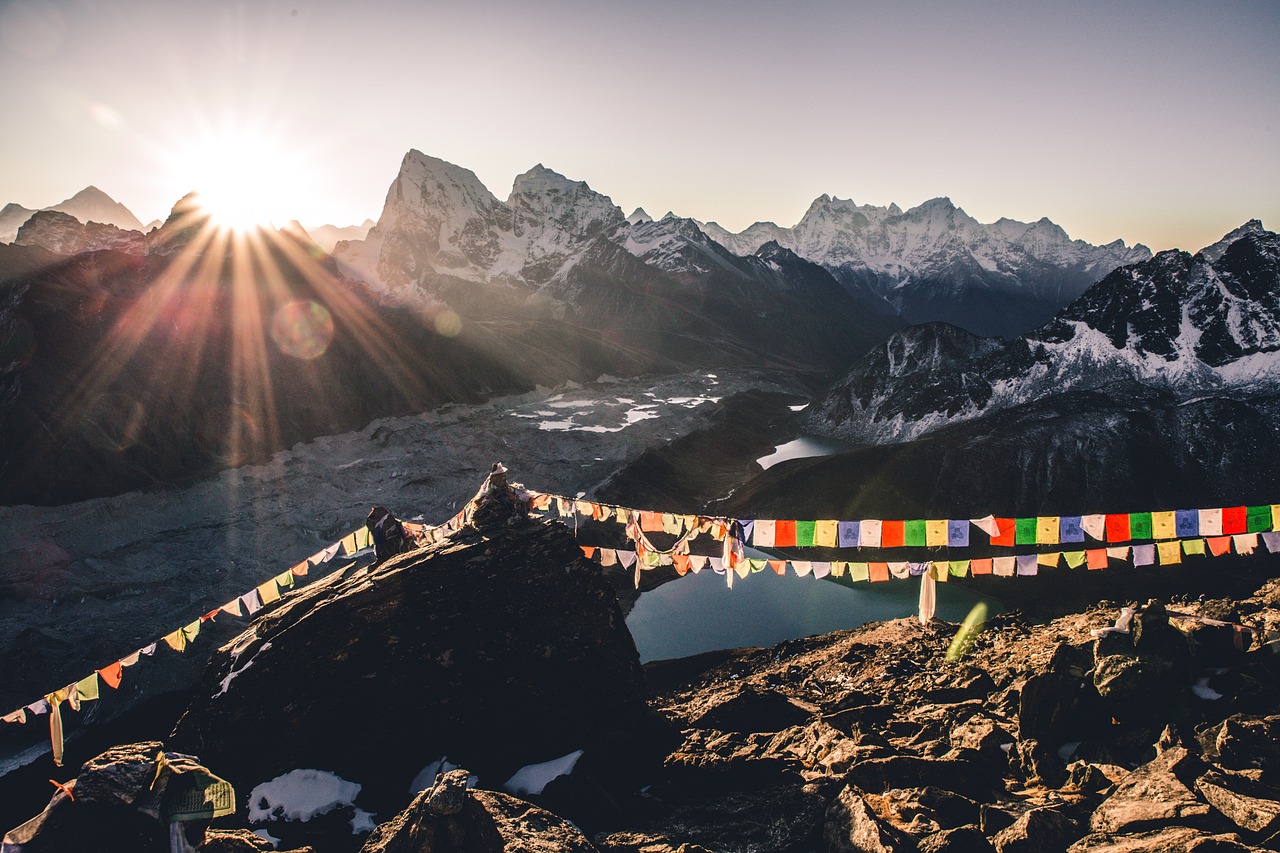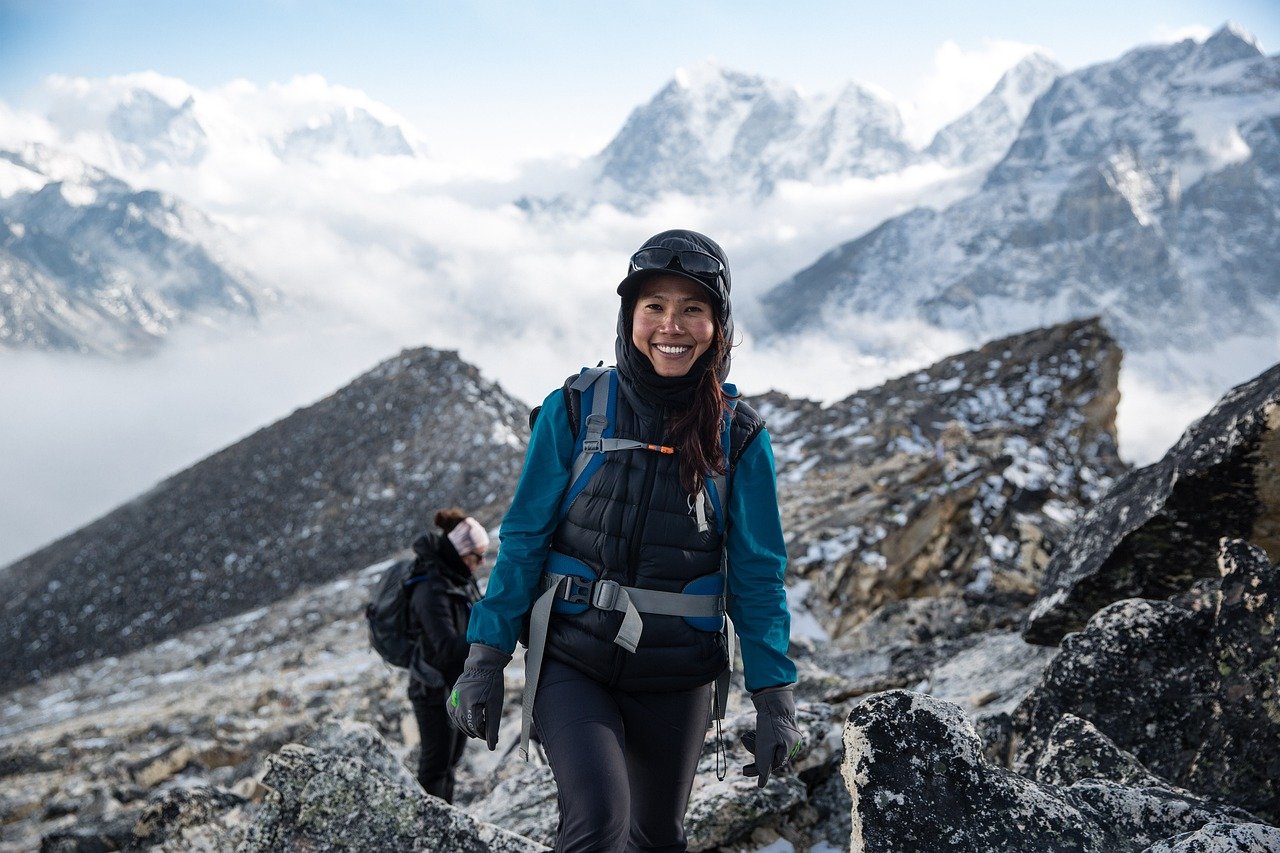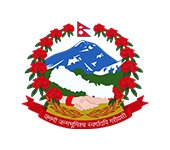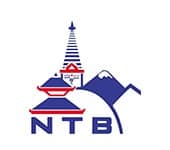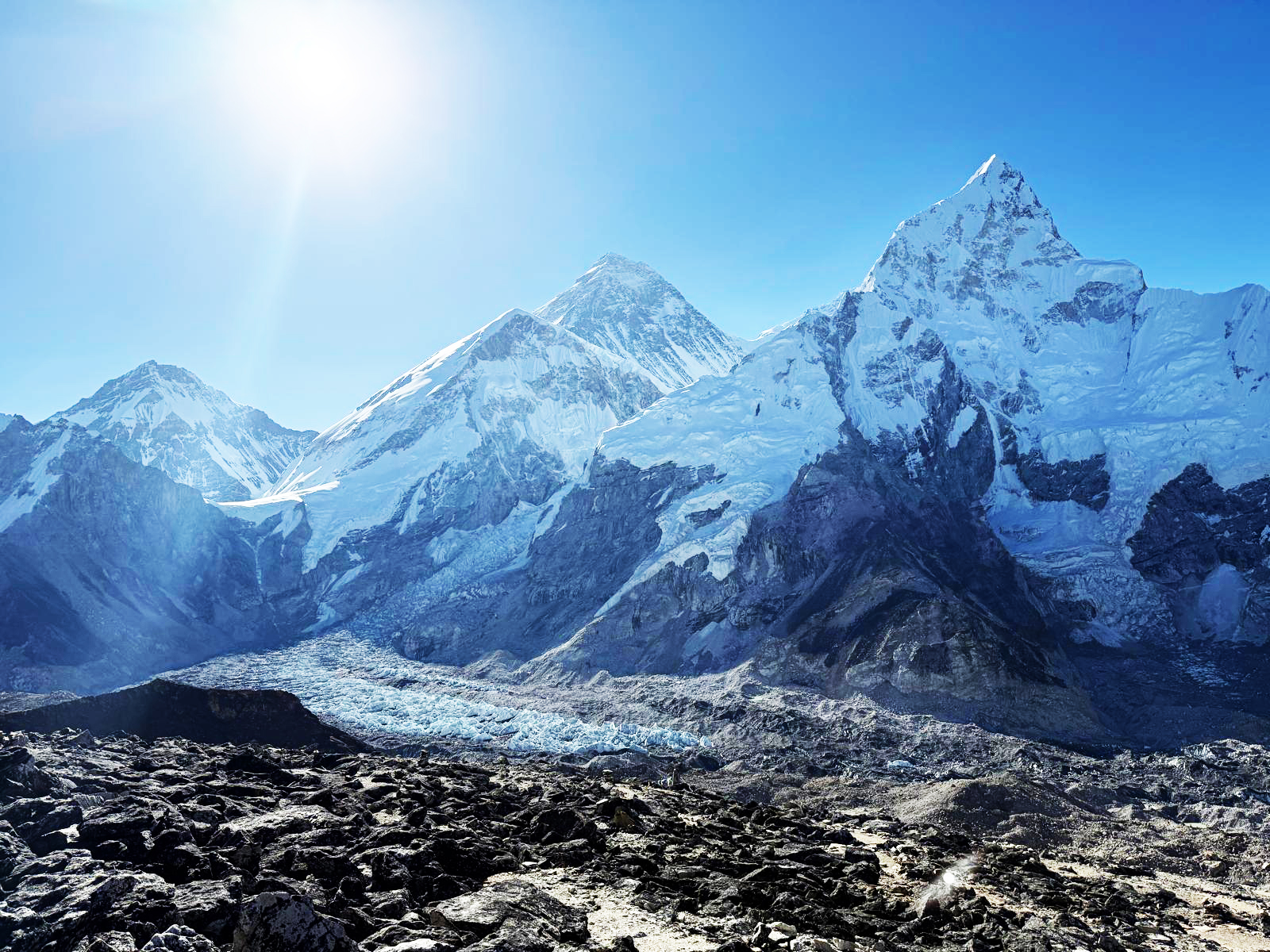
Altitude Sickness in the Himalayas: Myths, Facts, and How to Stay Safe
Trekking in the Himalayas is the adventure of a lifetime, but altitude sickness can quickly turn your dream into a dangerous ordeal. Whether you’re heading to Everest Base Camp, the Annapurna Circuit, or a lesser-known trail, understanding altitude sickness is critical.
This guide clears up common myths, shares essential facts, and gives you the tools to stay safe above 2,500 meters.
What Is Altitude Sickness?
Altitude Sickness, also called Acute Mountain Sickness (AMS), is a reaction to the reduced oxygen levels found at high elevations. It typically begins above 2,500 meters (8,200 feet) and affects people regardless of age, gender, or fitness level.
Common Symptoms of AMS:
- Headache (most common early sign)
- Nausea or loss of appetite
- Fatigue or weakness
- Dizziness or light-headedness
- Difficulty sleeping
Myths vs. Facts
❌ Myth 1: “I’m fit, I won’t get altitude sickness.”
✅ Fact: AMS can affect anyone, regardless of fitness. Elite athletes are just as susceptible as casual hikers. Fitness helps with the trek, but not with oxygen adaptation.
❌ Myth 2: “You can just power through it.”
✅ Fact: Ignoring symptoms and continuing to ascend can lead to life-threatening conditions like:
- HAPE (High Altitude Pulmonary Edema): fluid in the lungs
- HACE (High Altitude Cerebral Edema): swelling in the brain
Both require immediate descent and medical attention.
❌ Myth 3: “Diamox cures altitude sickness.”
✅ Fact: Diamox (Acetazolamide) doesn’t cure AMS — it helps your body acclimatize faster. It’s most effective when taken before symptoms start, not after they appear.
❌ Myth 4: “You can acclimatize in a day or two.”
✅ Fact: Acclimatization takes time. Proper rest days at elevation are essential. The body typically adjusts at a rate of 300–500 meters per day above 3,000m.
How to Prevent Altitude Sickness
1. Go Slow
- Ascend gradually. Don’t gain more than 500 meters of sleeping altitude per day above 3,000m.
- Take a rest day every 2–3 days of climbing.
2. Stay Hydrated
- Drink at least 3–4 liters of water per day
- Avoid excessive alcohol and caffeine, which can dehydrate you.
3. Consider Diamox
- Take 125–250 mg twice daily (consult your doctor before your trip)
- Start a day before ascent and continue until you descend
4. Eat Light and Often
- High-carb meals give your body energy to adjust to thinner air.
- Avoid heavy, fatty meals and alcohol.
5. Listen to Your Body
- Headache? Fatigue? Don’t push.
- Don’t sleep through symptoms — monitor how you feel regularly.
What to Do If You Get AMS
Mild Symptoms:
- Stay at current altitude until symptoms improve.
- Rest, hydrate, and monitor.
- If symptoms worsen or don’t improve after 24 hours — descend immediately.
- Severe Symptoms (HAPE or HACE):
- Immediate descent is the only treatment
- Oxygen and evacuation (helicopter) may be necessary
- Get professional medical help
Travel insurance that covers high-altitude trekking and emergency rescue is essential.
Where Does AMS Commonly Strike?
Some high-risk points on popular Himalayan treks: Trek Altitude Where AMS Begins
- Everest Base Camp 3,400 m (Namche Bazaar) onward
- Annapurna Circuit 3,500 m (Manang), Thorong La (5,416 m)
- Langtang Valley 3,800 m (Kyanjin Gompa)
- Gokyo Lakes 4,700 m (Gokyo Village)
- Mera Peak/Island Peak 5,000 m+ (High camps)
Essential Gear for High Altitudes
- Oximeter – to monitor oxygen saturation
- Thermal layers – cold increases AMS risk
- Water purification – to stay hydrated safely
- Sleeping bag rated to -10°C or lower
- Travel insurance with heli-evac coverage
Final Thoughts
Altitude sickness is serious, but it’s also avoidable with knowledge and preparation. Don’t let fear stop you — just respect the mountains, listen to your body, and never rush.
If you treat altitude with the seriousness it deserves, you’ll enjoy the breathtaking beauty of the Himalayas safely.
Would you like a printable version, infographic, or checklist of AMS symptoms and prevention tips for your trek? I can make one for you.



